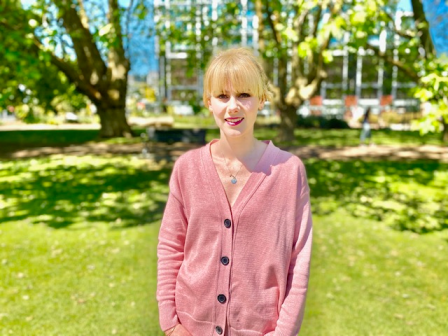When children have cancer, one of the biggest daily challenges is feeding them.
The cancer itself often causes weight loss. Cancer treatment can make children feel nauseous and lose their appetites just when they should be getting better nutrition to help them through the rigours of treatment.
Enter Amy Lovell. A lecturer in nutrition and dietetics at the University of Auckland’s Faculty of Medical and Health Sciences, she’s also a casual paediatric dietitian at Starship Child Health. She has seen how children with cancer struggle to eat, the weakness this causes and the distress their families experience.

